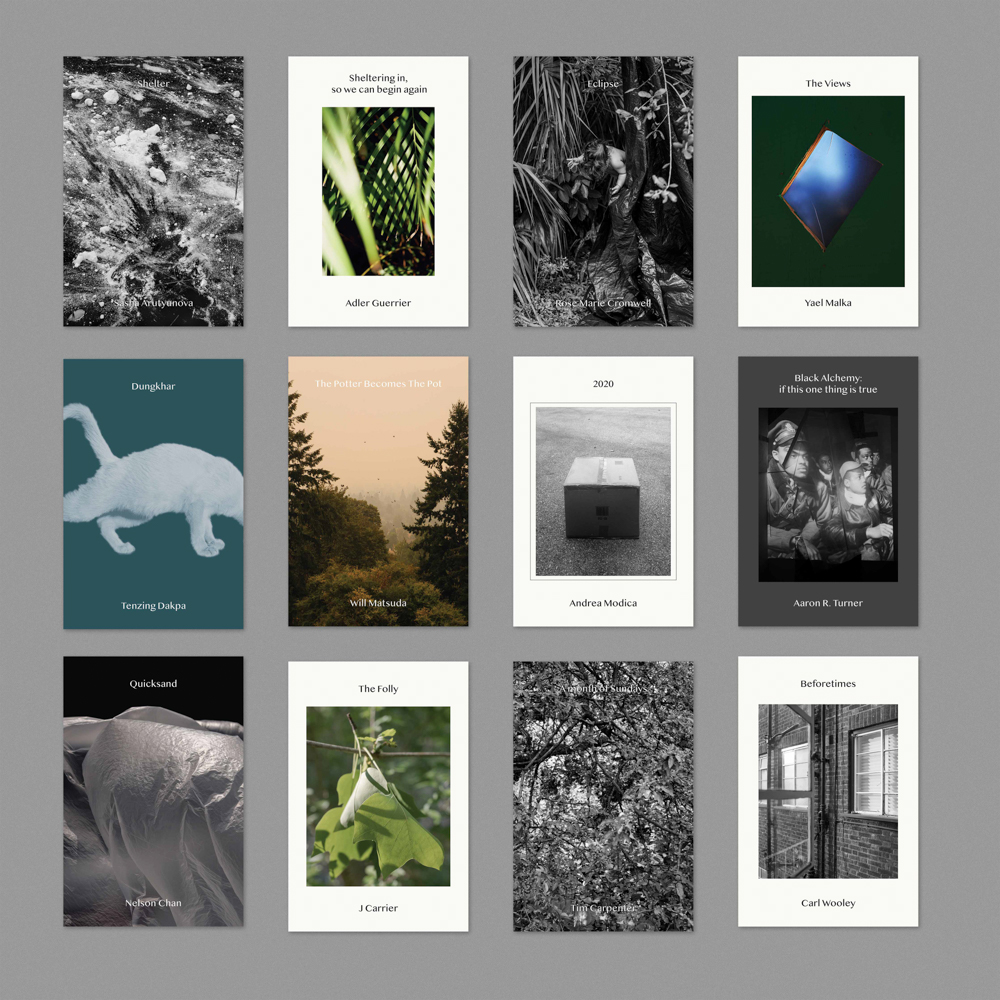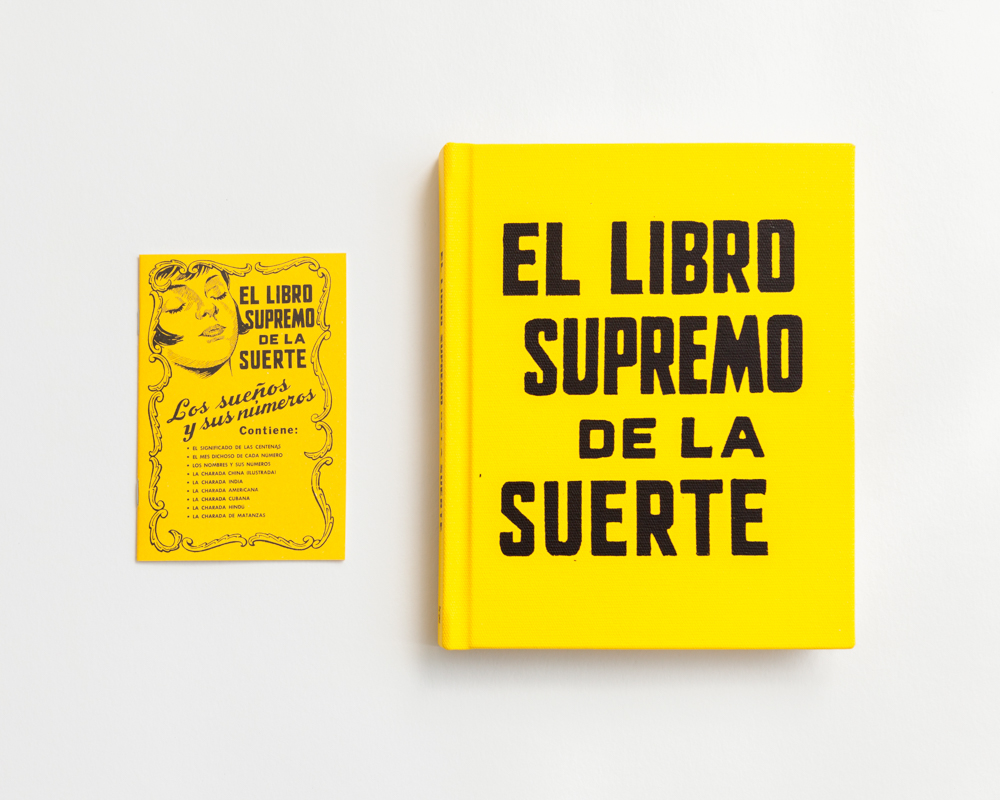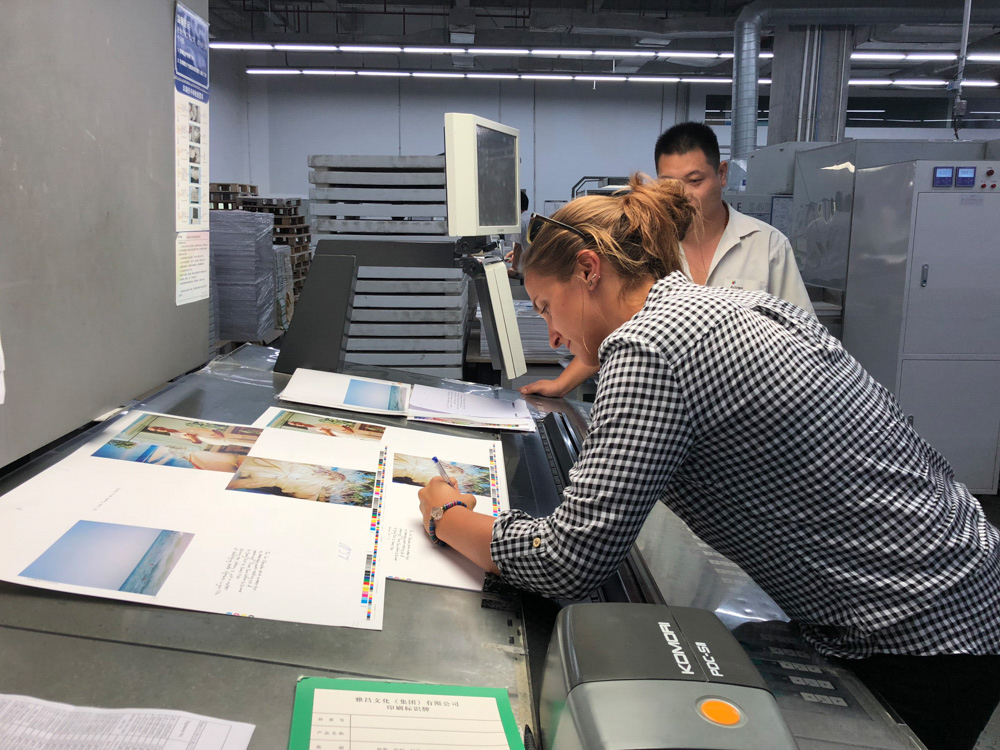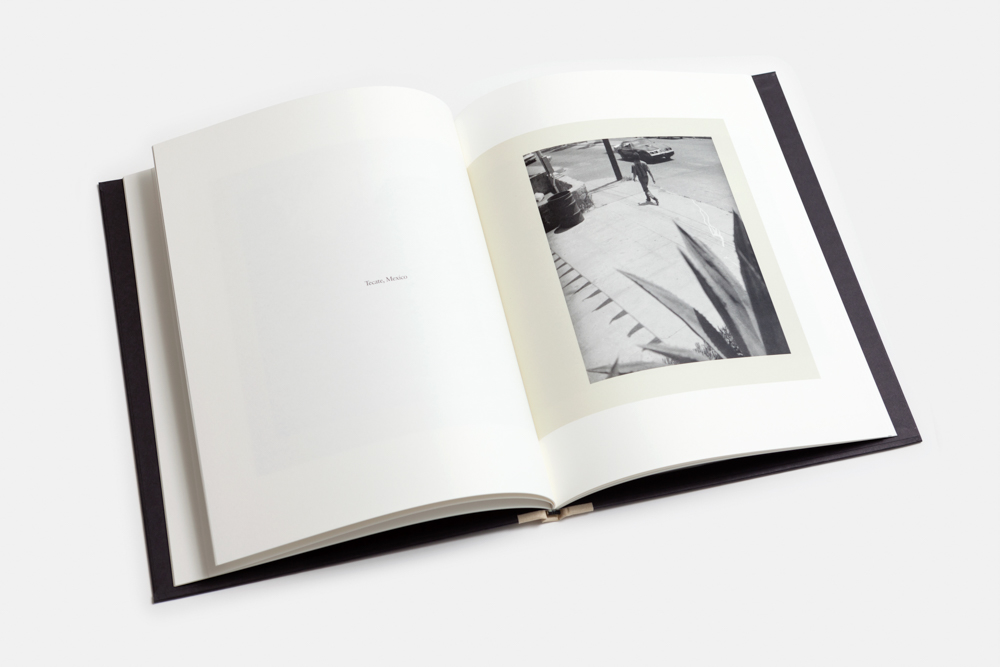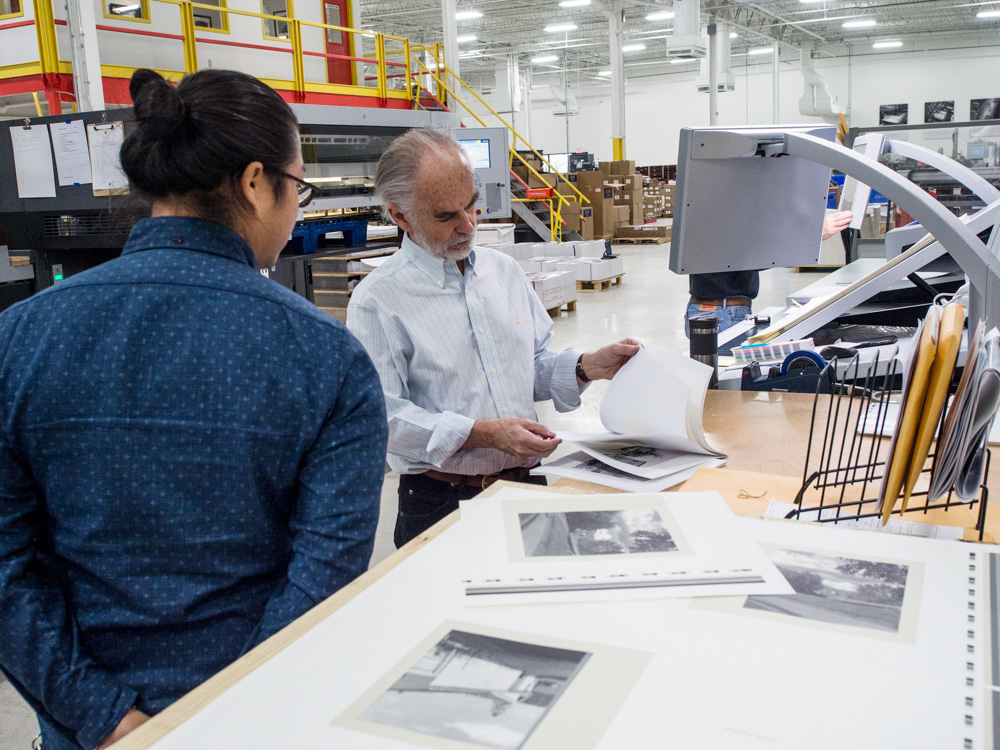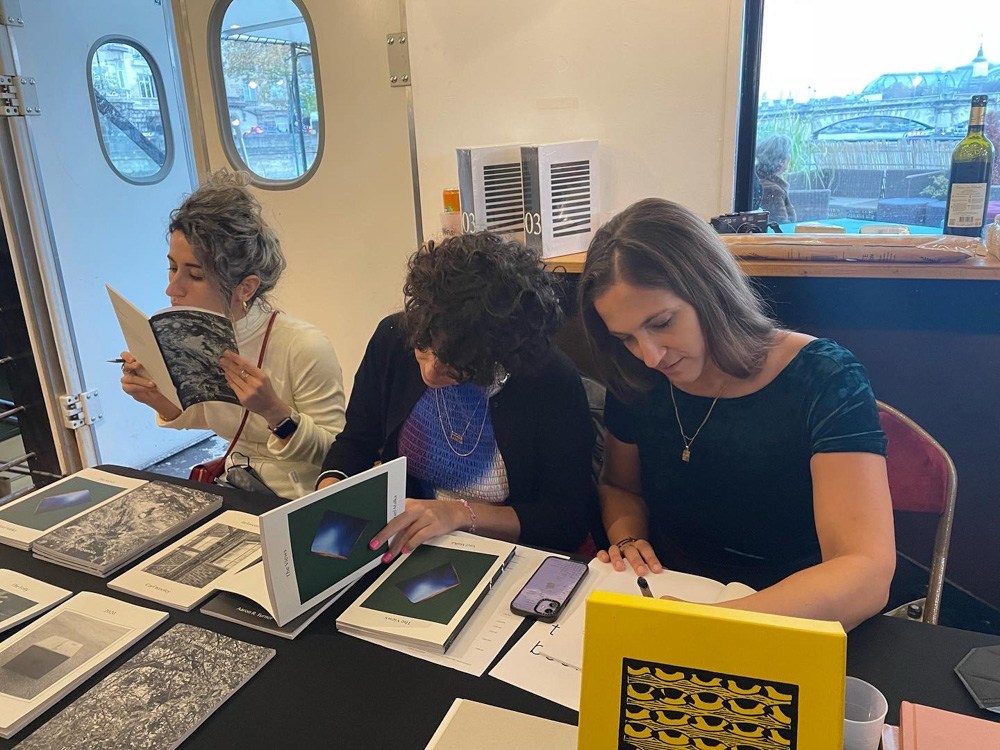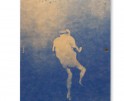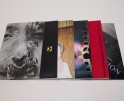Publisher’s Spotlight: TIS books
The past weeks have been all about books on Lenscratch. In order to understand the contemporary photo book landscape, we are interviewing and celebrating significant photography book publishers, large and small, who are elevating photographs on the page through design and unique presentation. We are so grateful for the time and energies these publishers have extended to share their perspectives, missions, and most importantly, their books.
Founded in 2015, a collective of photographers formed the independent press, TIS books, as a means to publish photobooks of their own work and others. Located in Brooklyn and Oakland, the press has since grown to publish a variety of photobook projects from their own community to artists of international renown. Their mission embraces the intimate relationship between humans and books and the organic way in which they come to life. In their own words… “Photobooks, we think, grow of themselves. They are the unique expressive and communicative form — the offspring of a camera and a mind at work in the world — to which TIS books is dedicated.”
Today photographer Tracy L. Chander interviews publishers Nelson Chan and Carl Wooley.
Follow TIS books on Instagram: @tisbooks
 What was the first book you published, and what did you learn from that experience?
What was the first book you published, and what did you learn from that experience?
Our first book was Waiting Out the Latter Days, by Steven B. Smith. Since none of us had direct experience with commercial printing before, we knew we had a lot to learn, so we decided to print locally even though we knew it would be more expensive than printing overseas. We wanted to be able to easily visit the facility, ask questions, and then of course be on press when the book was actually printed. The press we worked with, Brilliant Graphics, were super supportive and accommodating with their time and knowledge. Even still, it was a humbling experience trying to get what you and the artist want from a large humming offset press with tens of thousands of dollars on the line, all the while not completely sure what was even possible or reasonable to expect – no endless tweaking like in the chemical and digital darkroom. But luckily, we were in good hands, and to this day we’re very happy and proud with how that book came out.
How big is your organization?
We started out as a collective of four (Nelson Chan, Carl Wooley, Tim Carpenter, and J Carrier), and then a business of three (Tim Carpenter, Carl Wooley, and Nelson Chan), and now a business of two (Carl Wooley and Nelson Chan). That said, the collective of four still collaborates together through TIS books.
What are the difficulties that publishers face?
Like any business, we need to make money in order to stay in business. For small independent publishers, the margins are very thin – we need to run a tight ship in order to be able to keep making books. Luckily, it seems that the world of photo book publishing has evolved over recent years, where old models are falling out of favor – whether it’s selling on consignment or at a huge wholesale discount – while newer models like direct sales (website, social media, fairs, etc.) and pre-orders help make operations like ours feasible.
Are there any publishing projects that have been particularly meaningful to you?
We take pride in all of the books that we’ve published. It’s a privilege to be able to work with and publish heroes, mentors, and emerging artists – where a book can be either someone’s debut title or their 34th release (as in John Gossage’s case).
What upcoming projects are you excited about?
2022 will be a big year for us, with many new titles, some taking us in directions a little different from past projects. However, we are working on a beautiful book with Andrea Modica and cannot wait for this book to get out into the world. It’s been a major body of work that she’s been making for the past 10 years.
Can you tell us more about the TIS series and box sets? How often do you do them and how do you go about choosing works to be included?
The TIS03 boxset is the third installment of the TIS collaborative series that we publish. It was originally a way for the 4 co-founders to make something quick, but sincere, together on a semi-regular basis. After we published the second set though, we immediately thought about expanding this project to include other photographers.
While working with Andrea Modica one day on her upcoming book, she shared a small group of pictures that she was making during the initial pandemic shelter-in-place order. After a short discussion, Andrea had suggested that TIS books possibly reach out to other photographers who were making pictures during the lockdown and that’s how the TIS03 boxset was born.
How many books do you publish a year, and how do you choose which projects to publish? Do you have a specific focus?
TIS books is a hybrid platform where we publish the works of the founders, but also works by other artists – established and emerging. We aim to publish 4-6 books a year. Our initial projects started with people we personally knew (including ourselves) and branched out from there. In the last couple of years, we’ve been actively reaching out to people we only knew through their work. We don’t have a specific focus and love to look and publish all types of photography – as long as we feel like it works in book form.
How can an artist get their work in front of you? Do you have any advice for photographers?
We’ve done a number of reviews like Review Santa Fe and Chico Review and have met many artists who we are keeping tabs on. We also have a very simple submission process listed on our site. We do go through these submissions as a team (albeit slowly), and are actually working with an artist on a book that came through that channel.
You don’t have to be an expert on every publisher you approach, but it always kind of amazes us (as well as fellow publisher friends) when people come to our table at a fair, and without even looking down at the table of titles in front of them, ask what kind of books we publish or proceed to pitch a book that makes no sense to our program. This isn’t to say that your work has to look similar. It doesn’t and that would be boring. Your work can be an active contrast too, but we think your gut will tell you if your work would make sense sitting alongside the books you see on the table.
What is the typical timeline of a project, from the beginning to the finished product?
This can vary greatly from between 3 months to 3 years. We’ve had projects come to us nearly fully sequenced while others are essentially a box of prints that need a lot of sifting and sequencing before a book really takes shape. The one constant is that projects always take longer than we had hoped.
How collaborative is the design process with the artist?
We definitely collaborate with each artist, but how it unfolds varies between title to title. Some artists have a very clear vision of how the book will look (right down to typography), while others are ready to see where our vision as publishers can take it. However it works out, we are only interested in putting out books that both we and the artist are happy with.
How is the financial side of the project structured between publisher and artist? Does the artist contribute to production cost?
We pride ourselves in not asking the artist to personally contribute to the book financially. We have made a couple of books with the support of institutional money attached – grants, etc. And many of our books have special editions that come with a print, a contribution of time and materials that the artists have usually taken on.
Most recently, we successfully implemented a pre-order model, where the first 100 books preordered come with a small print by the artist. You are now seeing a lot of independent publishers implementing some sort of pre-order model and this is a good thing that everyone should be supporting. This only helps lower the upfront financial risk that artists and/or publishers have to undertake.
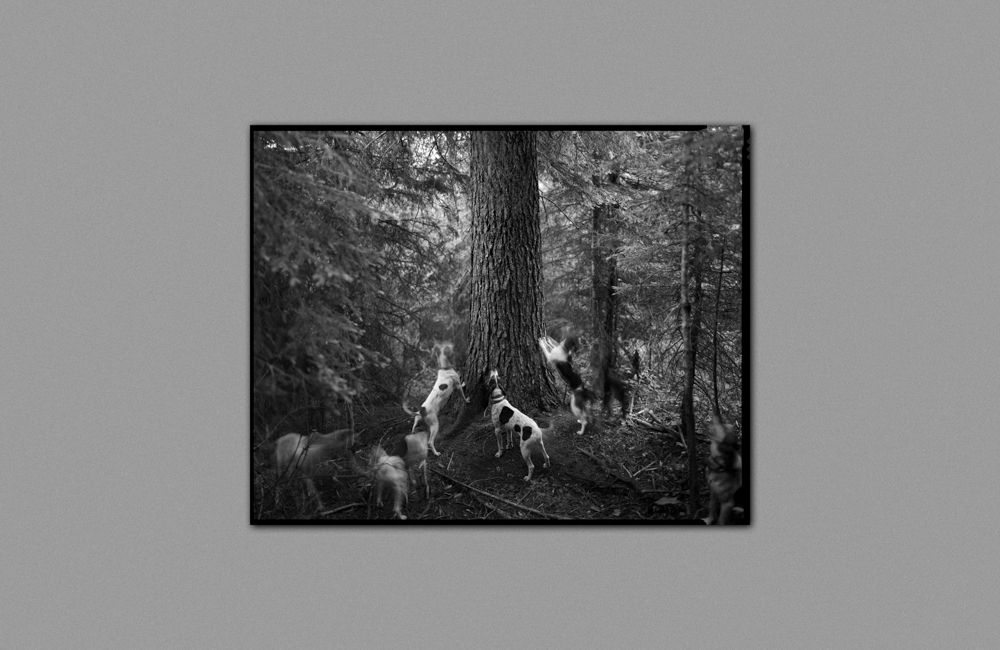
8×10 silver gelatin contact print to accompany the special edition of One Star and a Dark Voyage by ©Barbara Bosworth
What support do you give artists in terms of marketing or distribution? Do you attend book fairs?
We market and distribute our books directly from our website and social media, and we have our books carried by bookstores around the world.
We do attend book fairs, the big ones for us being NYABF, LAABF, and polycopies in Paris (during Paris Photo). As things start to open up more in this post-vaccine world, we’ll probably try to do some other fairs in other countries. We have our eyes set on Japan as well as some other fairs in Europe.
Tracy L Chandler is a photographic artist based in Los Angeles, CA. Her work explores peripheral communities and her own personal story reflected through portraiture and narrative. Her photographs address themes of memory, belonging, seeing, and being seen. Tracy earned her MFA in Photography at the Hartford Art School in 2021 where she was awarded the Mary Frey Book Grant. Her work has been exhibited in galleries and institutions in the United States and abroad.
Follow Tracy on Instagram: @tracylchandler
Posts on Lenscratch may not be reproduced without the permission of the Lenscratch staff and the photographer.
Recommended
-
Publisher’s Spotlight: Smog PressJanuary 3rd, 2024
-
Publisher’s Spotlight: Kult BooksNovember 10th, 2023
-
Publisher’s Spotlight: ‘cademy BooksJune 25th, 2023
-
Publisher’s Spotlight: Brown Owl PressDecember 10th, 2022
-
Publisher’s Spotlight: DOOKSSeptember 26th, 2022

